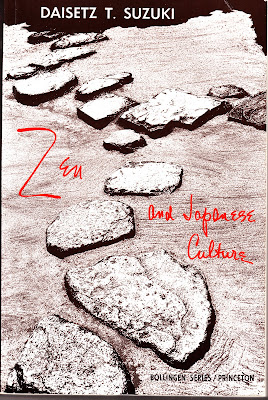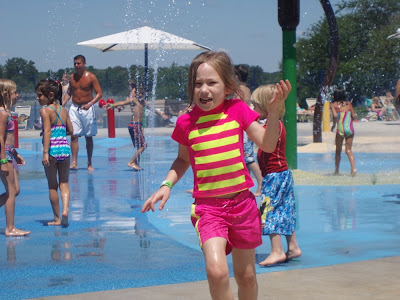
South of Kona on the Big Island is the area called Captain Cook. Today and yesterday, we were in this area. This morning, we snorkeled at a beach next to the Pu'uhonua o Honaunau National Historical Park. We have loved looking at the fish and coral off this lava shore on a number of trips here. At left is a view of the snorkeling area. No underwater pics today!
A well-designed 2-lane highway leads to the heights above the Captain Cook area, including a small town called Keei. Below the highway, the drop to the ocean is steep. Small roads wind down the hillside to the water, and we took two different routes today and yesterday.

Modern farms and pleasant homes fill the hillsides. Several historic sites preserve the history of the local native Hawaiian people, who were of Polynesian ancestry.
In the late 18th century, tens of thousands of Hawaiians lived in this area. On Captain Cook's final voyage, he landed in a large bay, now called Kealakeua Bay. At first the natives welcomed him, identifying him as the incarnation of the god Lono. During a stay at this location, he re-equipped his ships. A seaman from the ships died, and was buried at a Hawaiian sacred temple called a heiau at one end of the bay.
The other end of the Bay is a site where we've often snorkeled and dived from boats. The coral and fish at the site are fabulous. Yesterday, we stopped briefly at the Heiau.

The pyramid next to the heiau commemorates the seaman's death.
The best-known event in Captain Cook's visit took place shortly after his peaceful stay -- when he returned, the natives were no longer celebrating the festival of the god Lono. They quarreled with Cook and his men, and in a disorderly set of events, they killed him and probably ate his flesh. Another monument at the other end of the bay commemorates this higher-profile death.

A bit south of the snorkeling beach (and a few miles from Kealakekua Bay) is the Pu'uhonua o Honaunau park, where a number of interesting sacred sites have been restored. In particular, a reconstructed temple has been under scaffolding for our last several visits, and is now quite beautiful. In front of this temple is a gorgeous sea vista, stretching past the snorkel beach towards Kona and up the mountainside towards the farm areas. A small sandy cove invites Hawaiian sea turtles to swim up and bask in the sun.


On the slopes of the mountain above the park and below the road are numerous coffee farms, which I wrote up yesterday:
Coffee from Kona Lisa.Other gourmet news from the area -- Evelyn and Tom loved a diner called "The Coffee Shack" which is particularly famous for its panoramic view of the water. As we drove by this morning, its parking lot was quite full -- I think its food is popular with locals. We were heading for lunch at the Keei Cafe, which I'll write about on my food blog (as I did last year when we also had a great lunch there.)



Yesterday, we also visited a site we had never managed to see before: the Painted Church, which is on Painted Church Road, one of the winding narrow roads that lead down the hillside. It's a Catholic church with folk-art type paintings and carved wood decor.

























































